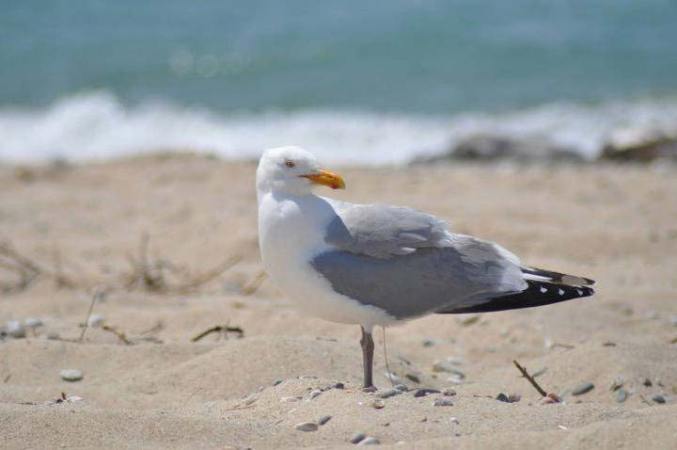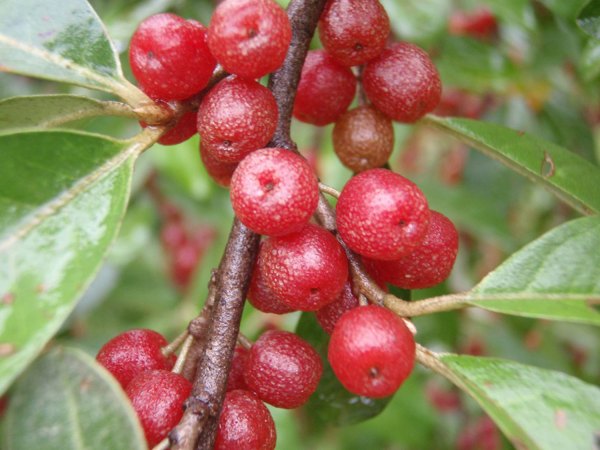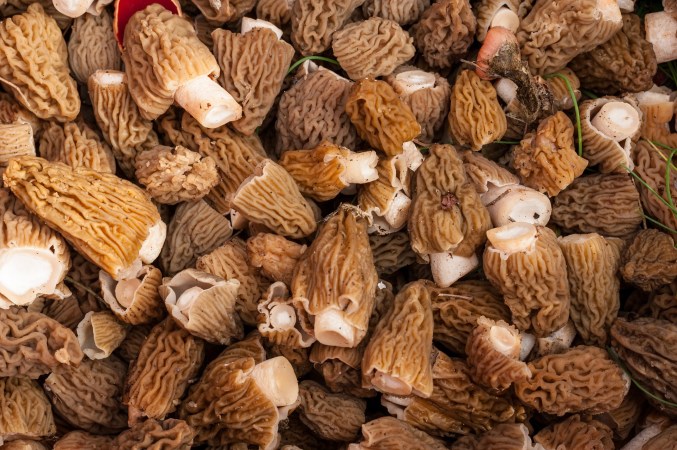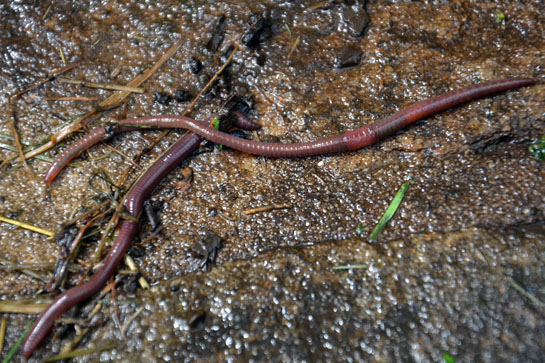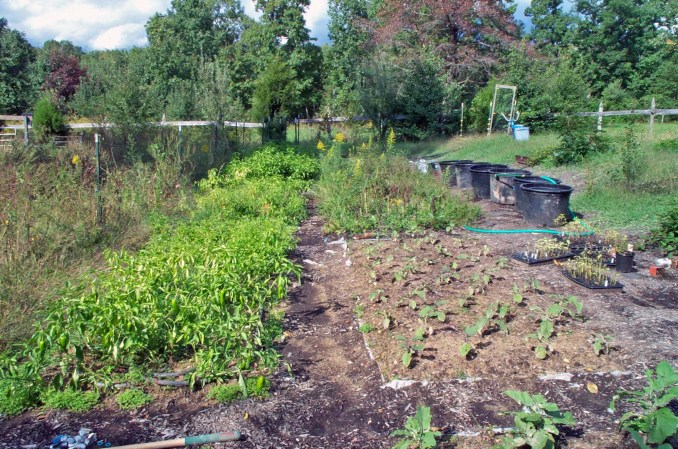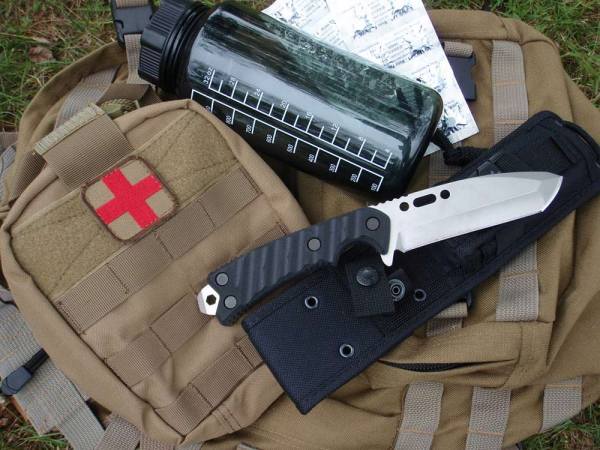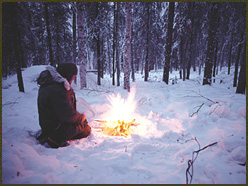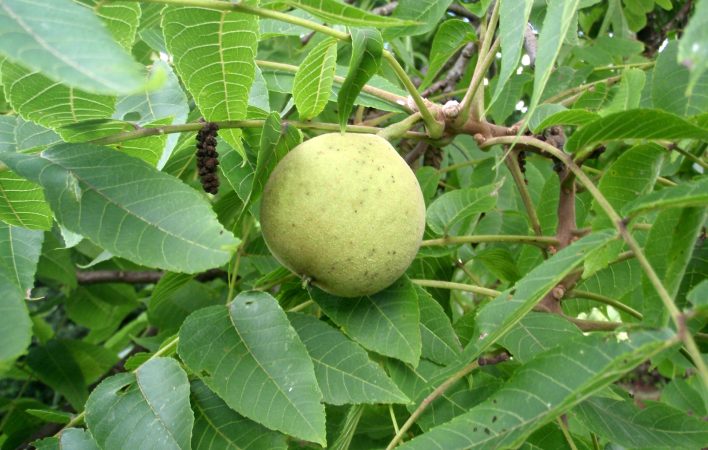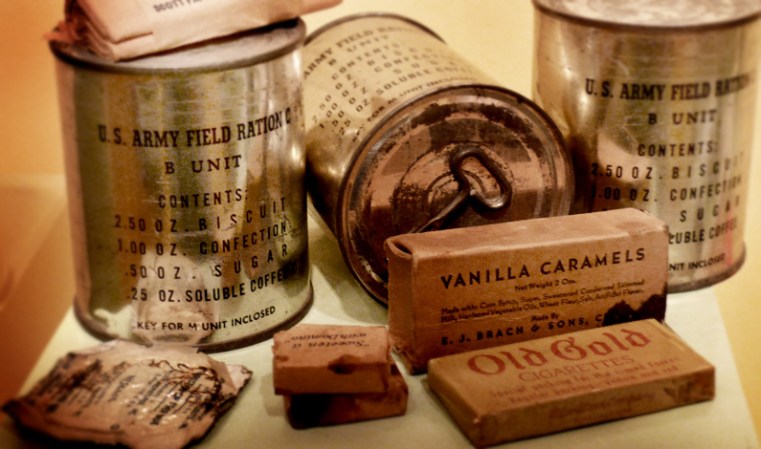I’ve said it before, and I’ll say it again. Survival is all about calories. Everything we do during an emergency boils down to two actions: saving calories and getting more calories. The most basic requirement of survival then, is the management of calories. In an emergency (or our daily routine), we are trying to keep the calories that our body currently holds and acquire more calories to sustain us going forward. Here are the two ways we can keep calories in mind during a survival situation.
Cut Your Losses
The cold can be one of the most ruthless thieves of your body’s stored calories. People who become lost on a frigid landscape often suffer a fast and shocking weight loss. Even with warm bedding to sleep in and adequate clothing to wear, your body has to rewarm a lot of tissue with each breath you take. This rewarming happens through your body’s efforts to ramp up your metabolism for heat. This burns a lot of calories. Consuming bad food or water is another way to lose the calorie game. If we become ill (diarrhea, vomiting, or dysentery), we lose the calories we just consumed–perhaps more. It’s important to stop calorie losses before they occur. Spend the extra calories by working a little harder to make a suitable shelter, rather than wasting calories shivering each night. Take the effort to boil your water and cook your food thoroughly to prevent illness. Constant nagging losses can add up to serious shortages over time, which can only hurt your chances of survival.
Be Calorie Conscious
An easy way to understand all of this is to imagine that calories are like the currency we spend, and our body is a business. In order for our body to stay in business (survive), we need to bring in more calories than we spend. For a home-based emergency, you should have stocked up on fatty foods like peanut butter, MRE’s, canned meats, and other rich foods. You can also boost the calories of whatever food you have by adding a little oil to it during a “snowed in” scenario. And if you get caught in a wilderness survival situation, try to find high calorie wild foods (typically from the animal kingdom, as opposed to plants). Survival is a balancing act of calorie gain and calorie expense. You have to bring in lots of calories and make sure your activities are worth the effort. If they don’t seem like they will be, rethink your plans. Spending the afternoon chopping through frozen soil looking for worms doesn’t pay for itself—not when worms provide one calorie per gram. Don’t starve to death on worms, when there are some fattier animals that can give you the calories to survive.
—Beaver: 3 ounces of beaver meat have 180 calories, half your daily iron, and many B Vitamins.
—Opossum: 3 ounces of ‘possum meat contains 188 calories, with lots of iron and riboflavin.
—Canada Goose: 3 ounces skinless meat contains 201 calories, leave the skin on for even more.
—Raccoon: A 3 ounce meat serving has 217 calories, with loads of iron, thiamin and B12.
Seriously. Survival is all about calories and how you manage them.
Agree or disagree? Tell us your thoughts and experiences by leaving a comment.
